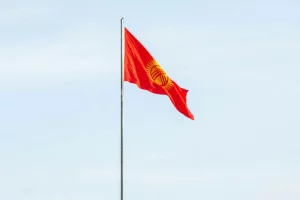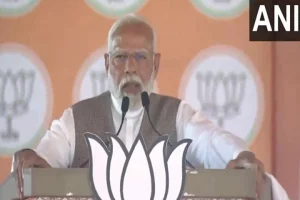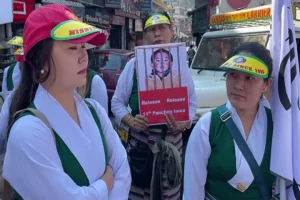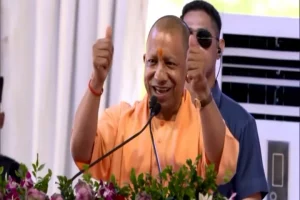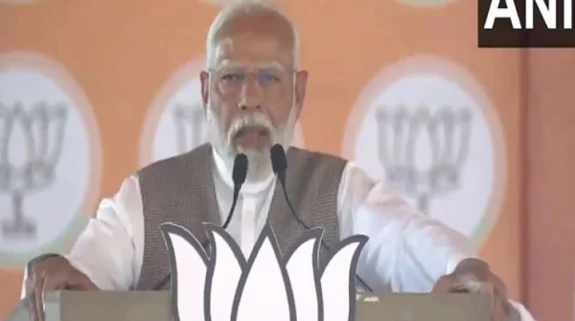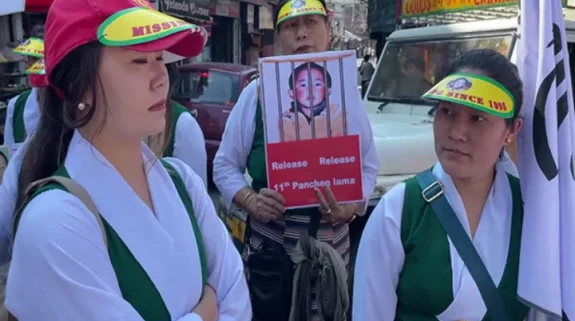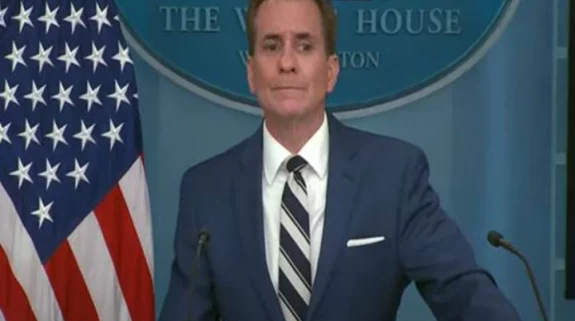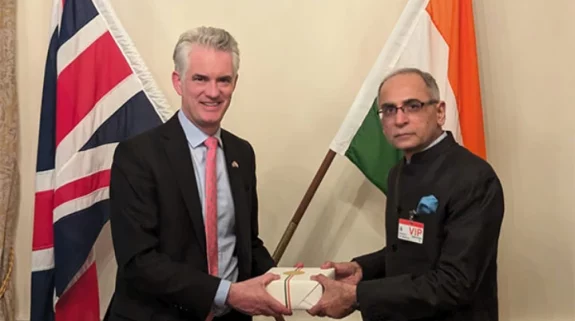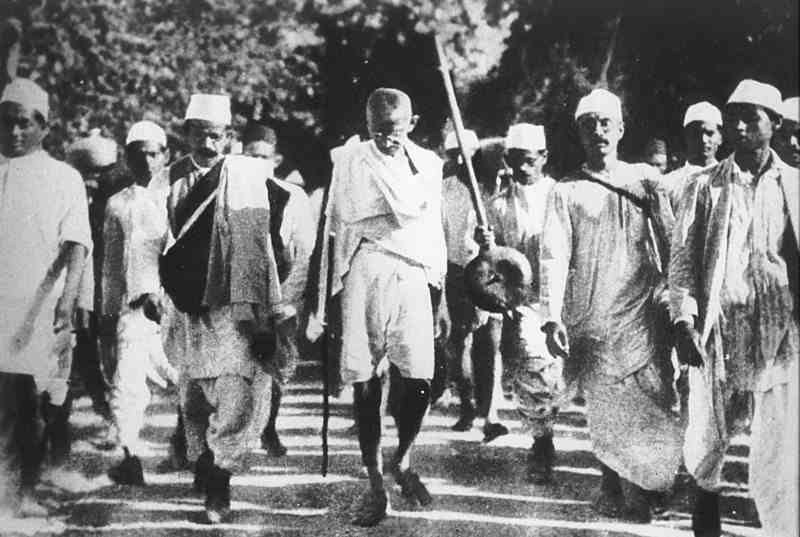
Mahatma Gandhi leading the satyagrahis on the historic Dandi March (Pic: Courtesy Wikimedia Commons)
Prime Minister Narendra Modi has appropriately launched India’s 75 years of Independence celebrations — “Azadi Ka Amrit Mahotsav” – by flagging off a 241-mile march replicating the historic Dandi March of March 12, 1930.
Exploring a fresh dimension of this historic Salt Satyagraha, the PM exhorted people to draw inspiration from Mahatma Gandhi message of atma-nirbharta and atma-vishwas and get new energy for future development. He reiterated that it was now time for backing “vocal for local” as an appropriate tribute to Bapu and other freedom fighters.
The PM also pointed out the salt has never been valued by its cost in Indian mindscape. "Salt here means honesty. Salt means faith. Salt means loyalty.”
To establish his call for sovereignty and self-rule, or Purna Swaraj, Gandhiji decided to take on British rulers over the 1882 Act which gave them a monopoly on the collection and manufacture of salt, and levying a salt tax. Violation of the Act was a criminal offence. While salt was freely available on the coasts, Indians were made to buy it from the Government.
Why salt?
Gandhiji’s choice of salt tax as the pivot for agitation, initially did not meet approval of the Congress Party. Sardar Patel suggested a boycott of land revenue, while Jawaharlal Nehru was uncertain of the choice. It drew derision too. In an article, Gopalkrishna Gandhi mentions that “The Statesman wrote: ‘It is difficult not to laugh, and we imagine that will be the mood of most thinking Indians’.”

Gandhiji picking up salt (Pic: Courtesy Wikimedia Commons)
Yet, Gandhiji had solid and sound reasons for salt! It was “out-of-box” thinking as what today’s Gen Z and millennials would call. A daily use item, salt was used by people cutting across all social and economic classes. Tax on it hurt the poorest sections the most making the Mahatma observe: "Next to air and water, salt is perhaps the greatest necessity of life."
C. Rajagopalachari, perceived the value and logic of salt as a weapon. In a meeting at Tuticorin, he had said: “Suppose, a people rise in revolt. They cannot attack the abstract constitution or lead an army against proclamations and statutes…Civil disobedience has to be directed against the salt tax or the land tax or some other particular point – not that; that is our final end, but for the time being it is our aim, and we must shoot straight.
The Great March
The 24-day march, to begin on March 12 and end on April 6 in Dandi where Gandhiji was to violate the Salt Act, was to pass through four districts and 48 villages with predetermined evening stopping places. People were sent to each village en route to chalk out Gandhiji’s talk at these resting places.
Participants were meticulously prepared for the march. Dennis Dalton “In Selected Political Writings” writes that Gandhiji said, "We are entering upon a life and death struggle, a holy war; we are performing an all-embracing sacrifice in which we wish to offer ourselves as oblation." The event attracted media from India, and the world, including Europe and US.

The lathi used by Mahatma Gandhi during the Dandi March
Gandhiji was accompanied by 78 satyagrahis, cutting across religion, region, creed and caste as they set out for 385 km padyatra. Reaching Dandi on April 5, the following morning, he picked up a lump of salt and asked his followers to do the same.
Takeaways from the March
The march played an important role in bridging the caste divide. In some villages Gandhiji went straight to an untouchable household, and used water from their well to wash. This made the higher castes to keep aside the differences.
Making a case for Hindu-Muslim unity, the Mahatma gave a prominent role to Abbas Tyabji as his alternative leader and chose Sirajuddin Vasi’s house in Dandi to stay. This spelt out clearly that on the road to freedom, religious divide had no role.
Mahatma Gandhi and Sarojini Naidu during the Dandi March (Pic: Courtesy Wikimedia Commons)
Most importantly was the participation and profiling of women in the march. Though not included among the marchers, they were assigned vital roles along the campaign. Kasturba Gandhi set the marchers off, Sarojini Naidu was present at Dandi, and significantly was Mithunben Petit at Bhimrad, when Gandhiji again violated the law, three days later. Kamaladevi Chattopadhyay, Hansa Mehta, Amina Tyabji, and Rukmini Lakshmipathy among others women too broke the salt laws.






